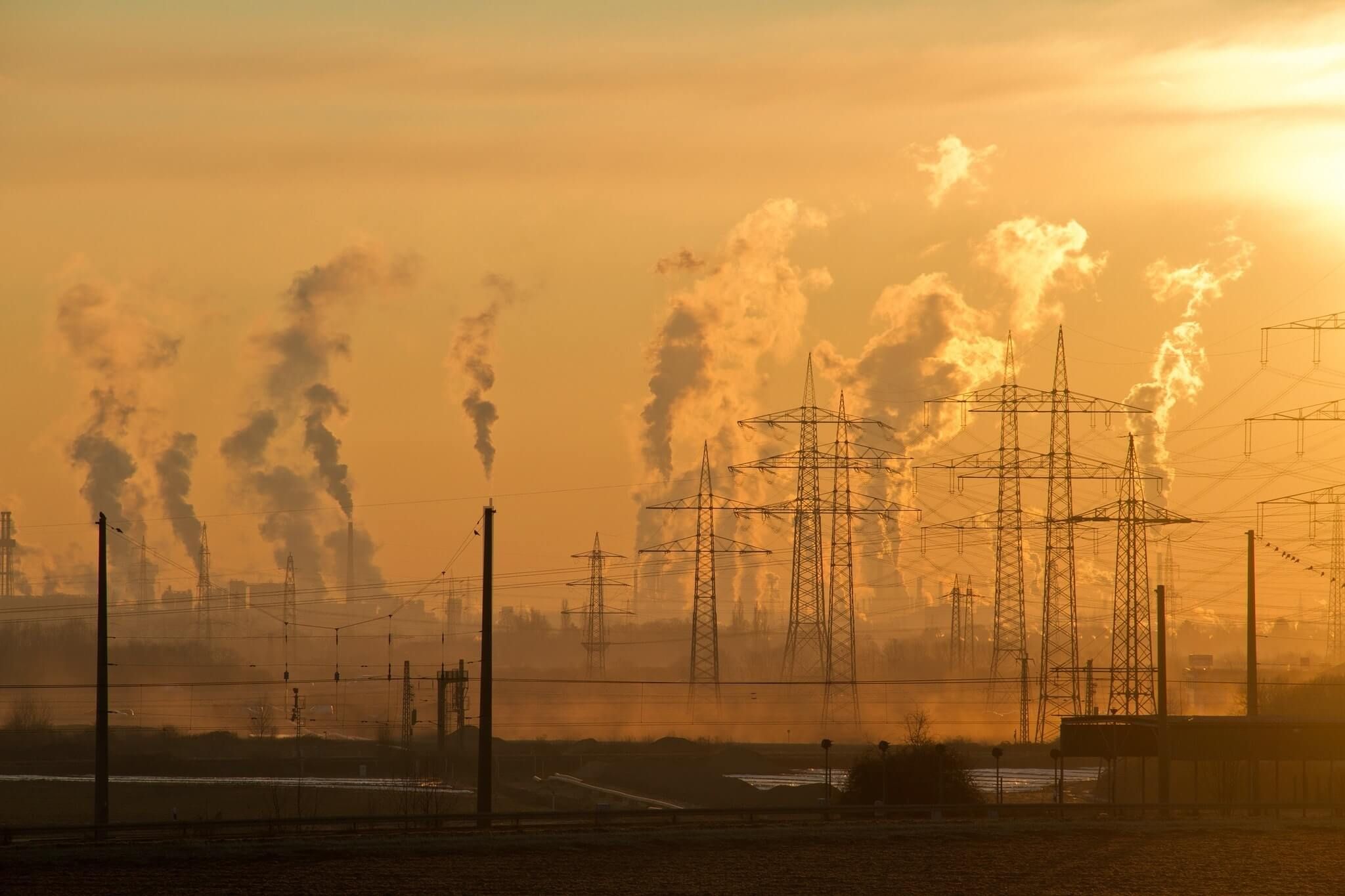Can Reducing Industrial Methane Emissions Curb Climate Change?

Carbon dioxide (CO2) emissions frequently receive the most attention in greenhouse gas (GHG) discussions, comprising roughly 80% of total output. However, methane emissions are just as impactful and must be part of any holistic climate change management effort.
So, how can methane be reduced?
Methane’s Climate Change Impact
Elevated methane emissions are generally a byproduct of natural gas consumption (e.g., home heating, power plants), agriculture, and waste, and levels have risen over 200% in the last 200 years. Even at 11% of total U.S. greenhouse gas emissions, methane causes notable concern.
When comparing CO2 and methane greenhouse gases, CO2 is emitted into the atmosphere at much higher rates and remains present for hundreds or thousands of years. In contrast, methane is considered a “short-lived climate pollutant” (SLCP), staying in the atmosphere for roughly 12 years before 80% disappears. However, in that time, methane warms the atmosphere 28 times more than CO2 would over 100 years.
Fortunately, methane reduction technologies are relatively inexpensive and can be applied to different emission sources.
Methane emissions tend to have specific sources, and viable solutions are comparatively simpler than CO2. Therefore, targeting this GHG provides one of the most effective near-term climate change mitigation efforts.
Fossil Fuels
Surprisingly, the fossil fuel industry isn’t the most significant source of methane emissions, accounting for only 35%, per the Council on Foreign Relations. However, we can reduce methane output from fossil fuels more than with affordable technologies or methods in other sectors.
The fossil fuel industry most commonly releases methane via:
- Leaks
- Venting
- Incomplete combustion
It’s primarily an infrastructure maintenance issue, but quantities also add up quickly and contribute to companies’ lost revenue. So, regular maintenance and upgrades on vapor recovery units and leak detection systems will help drastically reduce this methane emissions source—from upstream compressors to downstream delivery.
Aside from “fugitive methane” that escapes infrastructure, coal mines also release GHG. Many abandoned coal mines are already flooded; naturally when dewatering systems are deactivated and forcefully to prevent acid water from entering the environment.
Reducing Methane by Transitioning to Green Hydrogen
The fossil fuel industry similarly bears responsibility for heightened methane emissions via coal gasification and the production of dirty hydrogen.
Unfortunately, some hydrogen gas comes from coal sources (i.e., brown hydrogen). This methane source can be reduced or eliminated by transitioning to green hydrogen produced via electrolysis and renewable energy.
Furthermore, substituting green hydrogen for natural gas will substantially reduce methane emissions. For example, SoCalGas’ Angeles Link proposal will replace the Aliso Canyon natural gas facility to provide green hydrogen to Los Angeles.
Agriculture
The agriculture industry is responsible for the most methane emissions, at roughly 40% of total amounts. Most commonly, people associate agricultural methane release with cows (i.e., enteric fermentation and manure), but additional sources include:
- Field burnings following harvests
- Rice cultivation
- Food waste
However, methane emissions from agricultural sources are complicated. Whereas fossil fuel emissions release GHGs trapped underground and introduce new methane into the atmosphere, many agricultural sources are part of a relatively closed system.
Still, as we globally increase agricultural production and clear more fields to keep pace with a growing population’s food supply demands, we upset the balance of that cycle. As a result, we’re now overloading the amount of methane naturally released into the atmosphere.
Agricultural Methane Solutions
We can address these individual sources with sustainable farming practices to counteract agriculture’s rising methane emissions. Solutions to improve soil conservation and lead to better revenues for farmers include:
- By changing the feed and diet of methane-producing livestock, we can reduce the methane they release. This is because cows produce methane as a byproduct of the grass they eat. Notably, this effort would help reduce naturally occurring methane already present in nature’s closed system, helping us achieve negative emissions rates.
- Field burnings are commonly used as a fast, cost-effective method for clearing out dead crops, weeds, and other pests. However, the effects also reduce essential soil nutrients like nitrogen. Instead, farmers can utilize crop rotations, no-till planting, and shredding previous crops over the soil to achieve 10-20% profit increases and 78% GHG reductions.
- Traditional practices of continually flooding rice paddies create conditions that produce more methane. Alternatively, farmers can drain paddies 2-3 times per year with a method known as “alternate wetting and drying (AWD). AWD helps a farm reduce water consumption by 30% and methane emissions by 30-70% without impacting crop yields or profits.
These methane reduction efforts don’t affect farmers’ yields or profits, so the remaining barriers are access to education and equipment.
Waste Reduction
In the United States, landfills and decomposing municipal solid waste (MSW)—or garbage from local trash collections—comprise roughly 15% of methane emissions as the third-largest source. Within a year, bacteria begin decomposing food, yard, and other biowaste, producing methane.
To help contain and control methane released from MSW sources, liners and layers of dirt are used in landfills along with a thicker, less permeable top layer (e.g., clay or sand). Pump and pipe systems help extract and capture it, providing a recyclable source for natural gas.
However, only around 0.07% of the 1,000 substantial landfills in the U.S. can sell recycled natural gas and earn a profit.
Part of the challenge is that most pumps collecting methane from landfills cannot adjust and optimize their collection for various environmental factors, like temperature. Solutions are emerging now, but more widespread adoption will be necessary to capture and recycle methane from landfills. Until then, most excess methane that goes uncaptured will likely be burned off via “flaring.”
A broad and multifaceted effort to reduce MSW (e.g., reducing food waste, composting) is one of the more impactful efforts we can adopt.
Leading the Fight Against Climate Change With Renewable Energy Solutions
As one of the fastest paths to reducing GHG accumulations in our atmosphere, solutions for limiting methane emissions should be a top priority within any holistic climate change management plan. The technologies to do so are already in use, and they’re also affordable.
At FASTECH, we provide energy solutions—from engineering and construction to maintenance and testing—designed to mitigate and reverse the effects of global warming. Especially with our efforts to increase the adoption of green hydrogen, we’re helping to reduce the impact of CO2, methane, and other GHGs.
Contact us to discuss your upcoming energy project or consult with our experts today.





